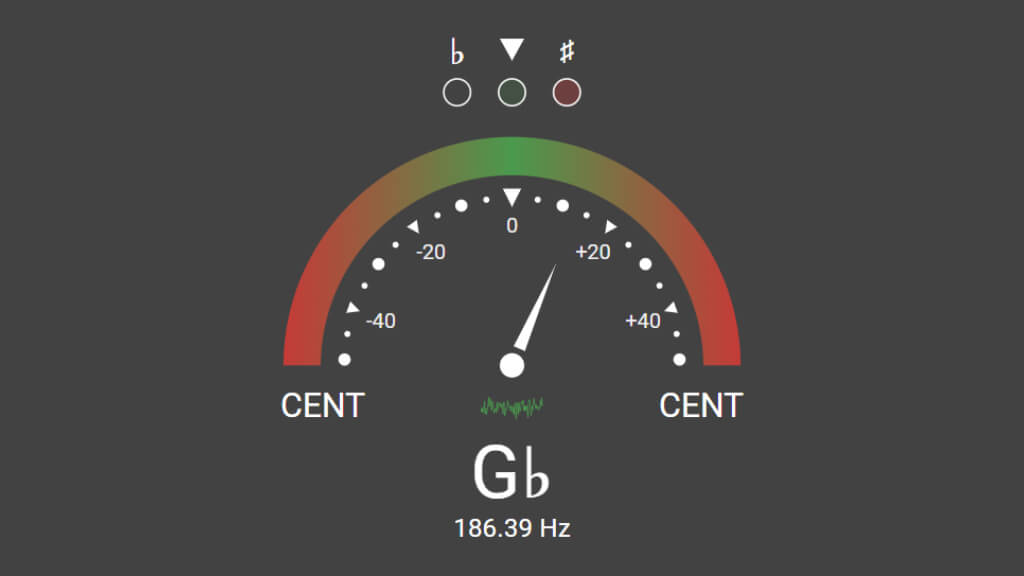Formula and Structure of the Emaj7#11 Chord
Interval formula from the root note: 1 — 3 — 5 — 7 — #11. The chord consists of the following notes:
- E — unison and the main tonal anchor.
- Ab — major third with a bright major quality and clear stability above the tonic.
- B — perfect fifth, stabilizing the triad and adding tonal grounding.
- Eb — major seventh with a smooth jazz sparkle and slight tension toward the octave.
- Bb — sharp eleventh with a bright jazz spice, best placed above the third.
Together, these notes form the harmonic foundation of the Emaj7#11 chord, defining its sound and role in the musical context.
Alternative Names for the Emaj7#11 Chord
This chord may appear under different names:
- EΔ7#11
- EΔ#11
All variants refer to the same harmonic structure.
Using the Emaj7#11 Chord
Keep the 7 in the top voice to highlight its jazz smoothness. Add the 9 or 13 for extension, but avoid the clash of the 3 and 11. Use in slow tempos where the chord can “ring out.” Simplify the bass if needed to maintain clarity.
Conclusion
Emaj7#11 is an expressive and versatile chord. Learn several fingerings, experiment with different positions and voice spacing, then try weaving it into your own playing — this will help you quickly find your unique tone.













